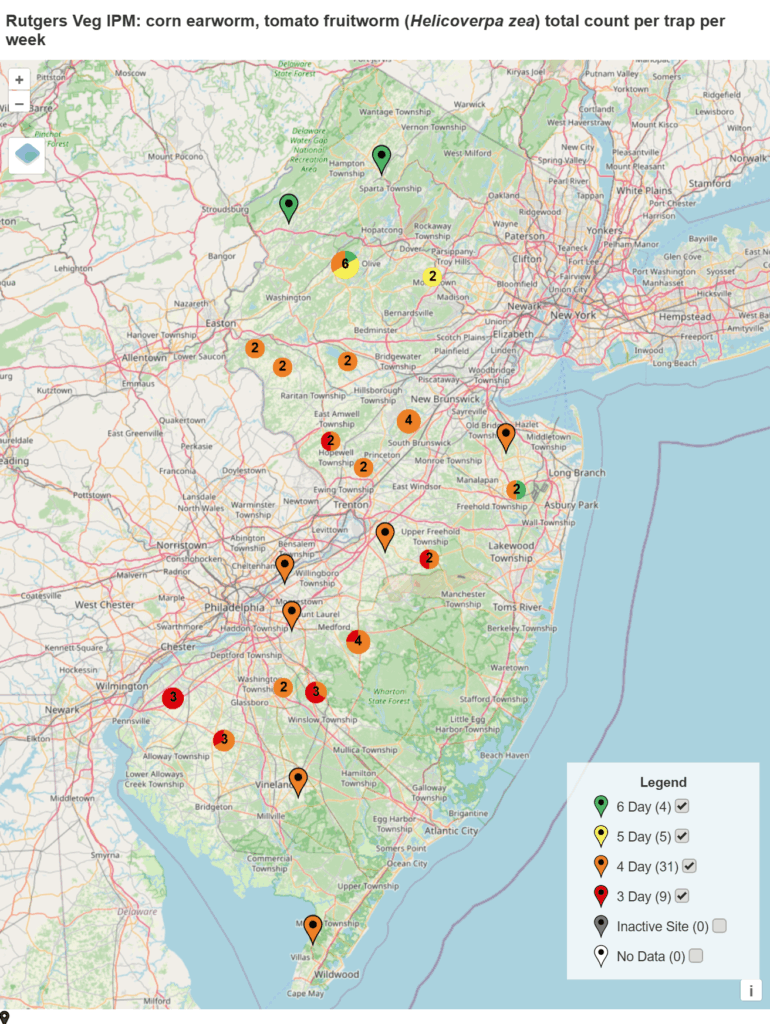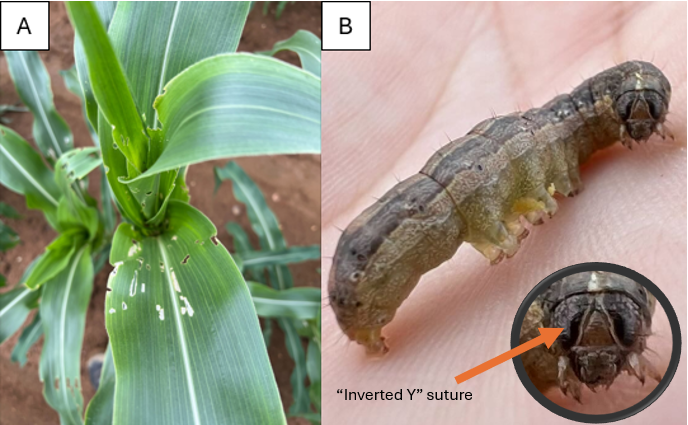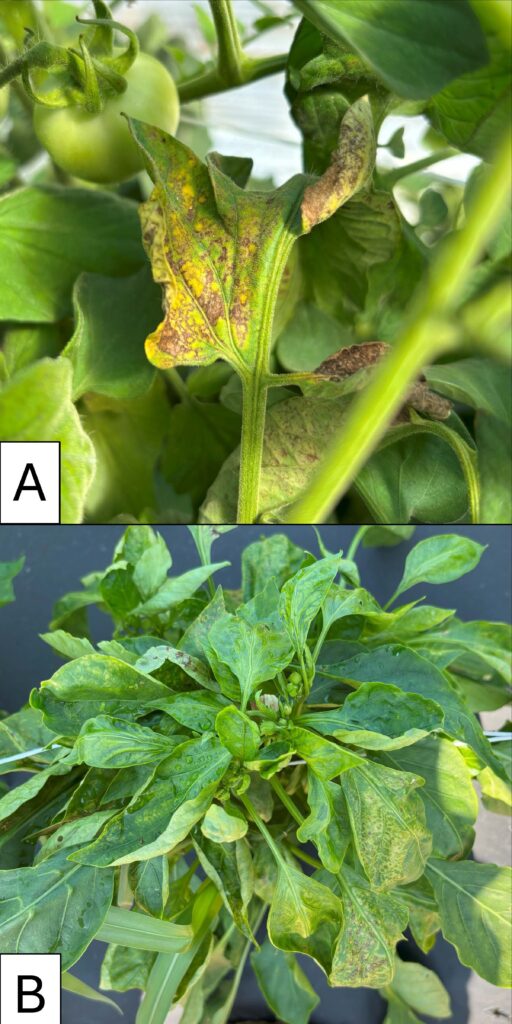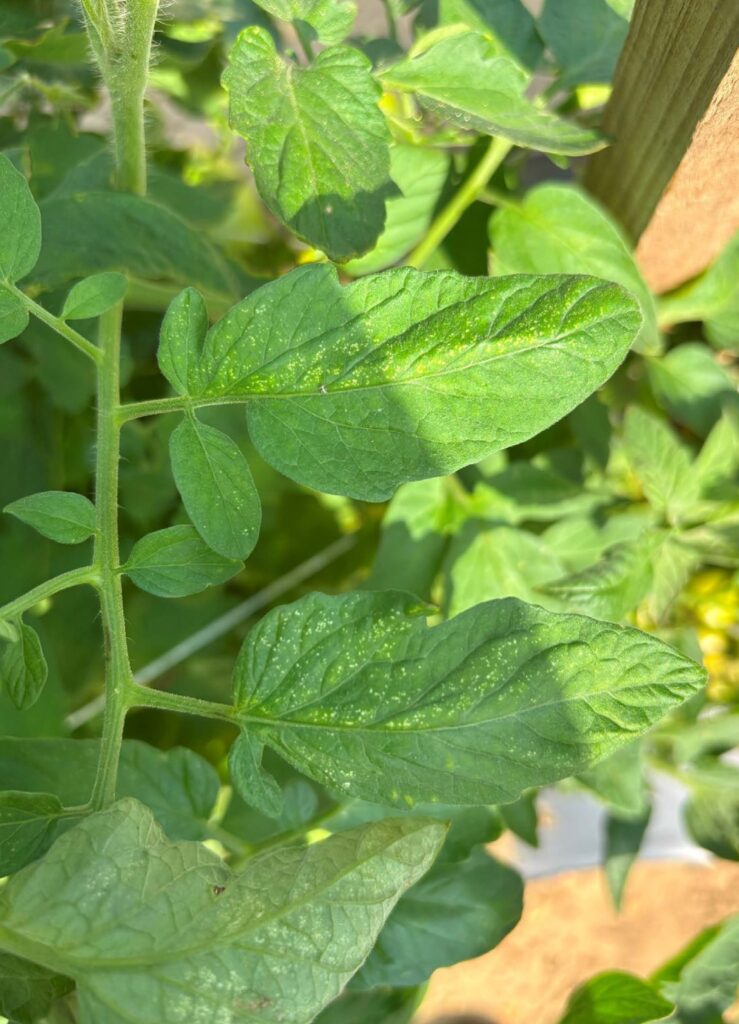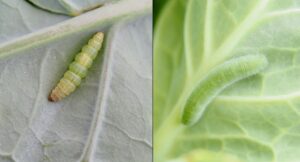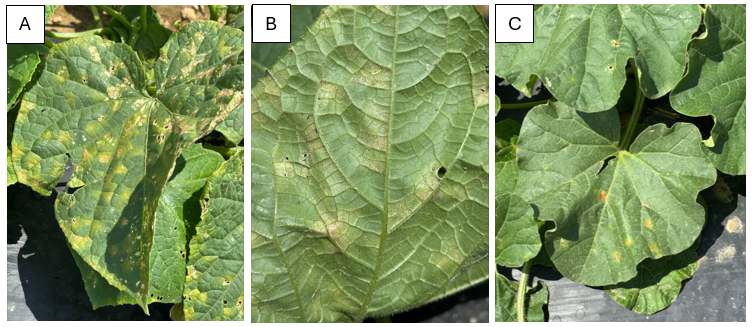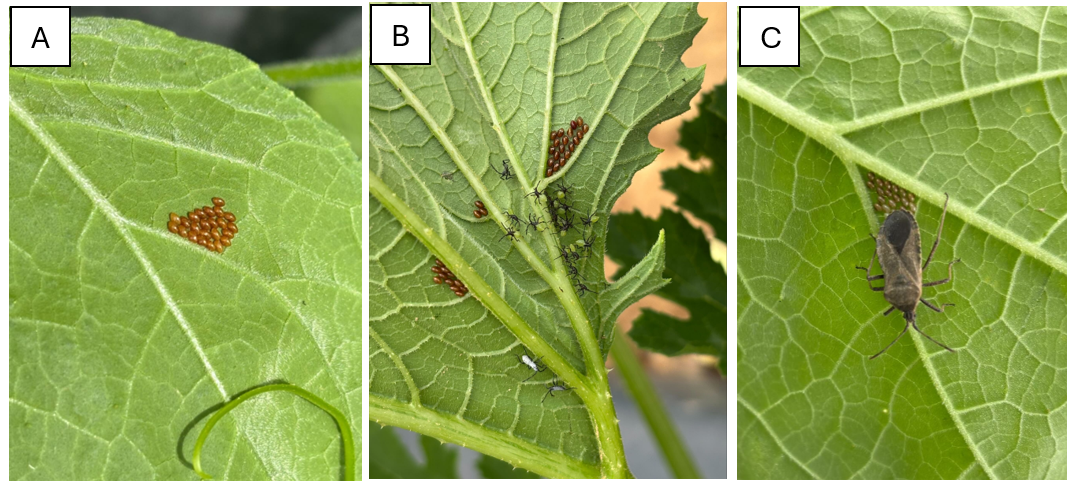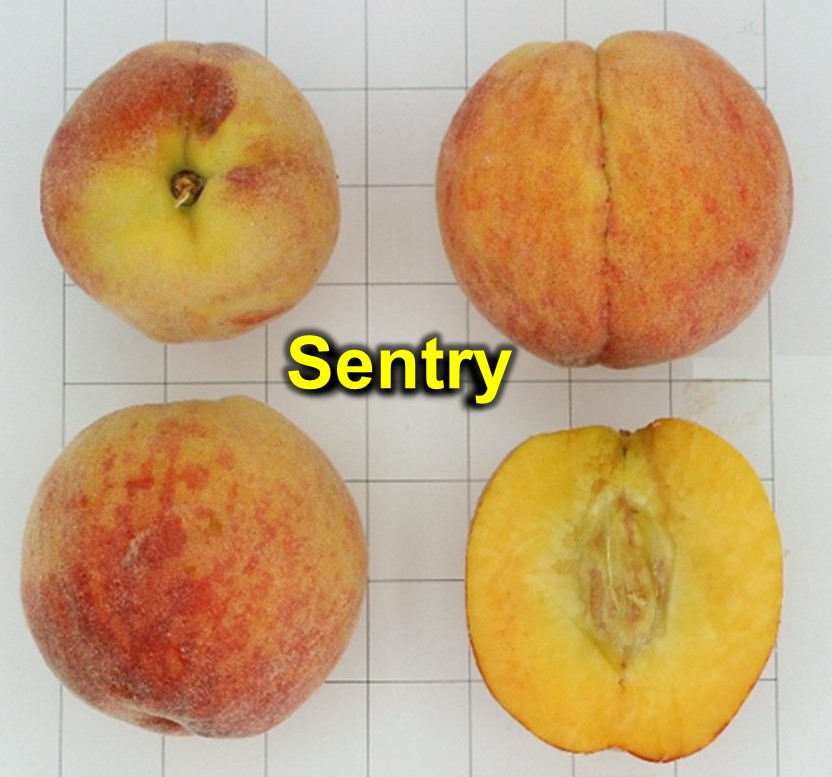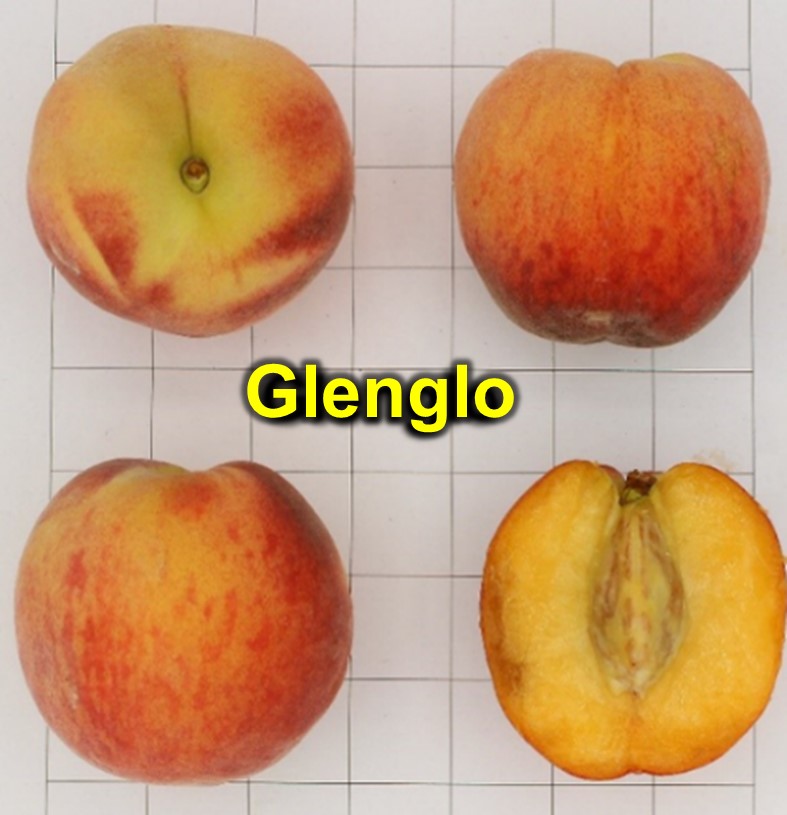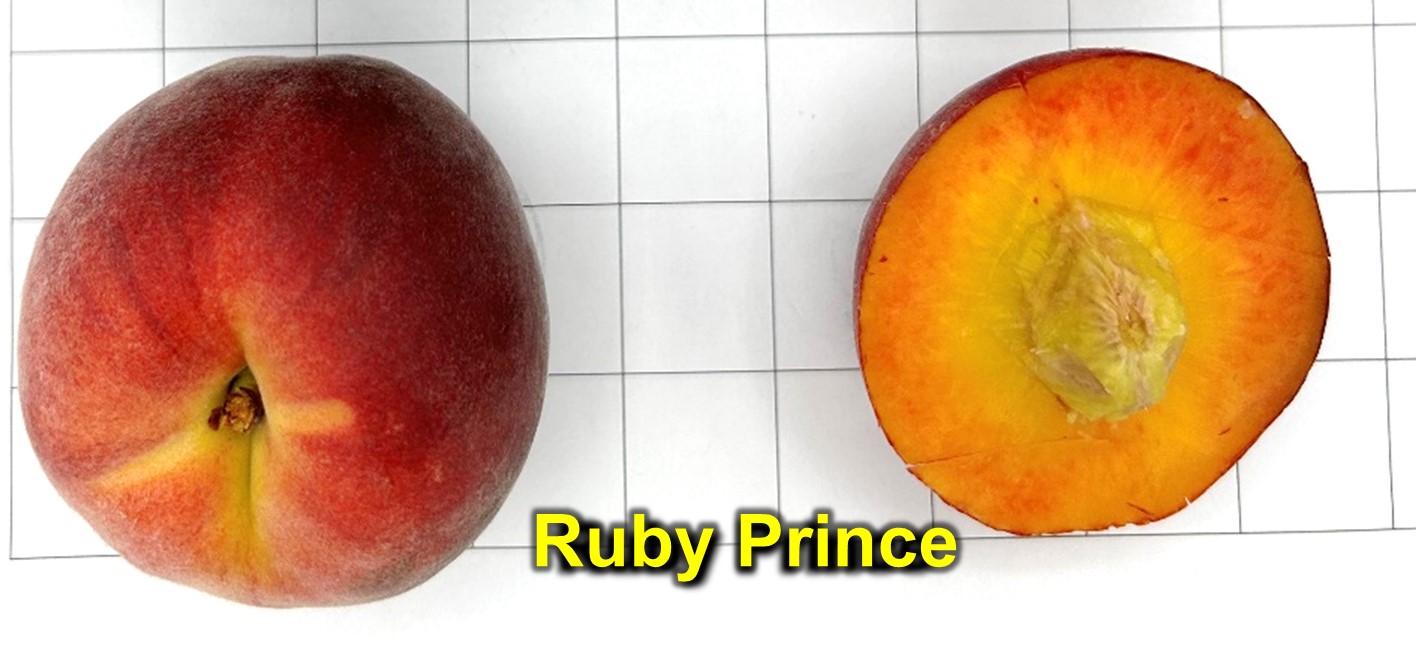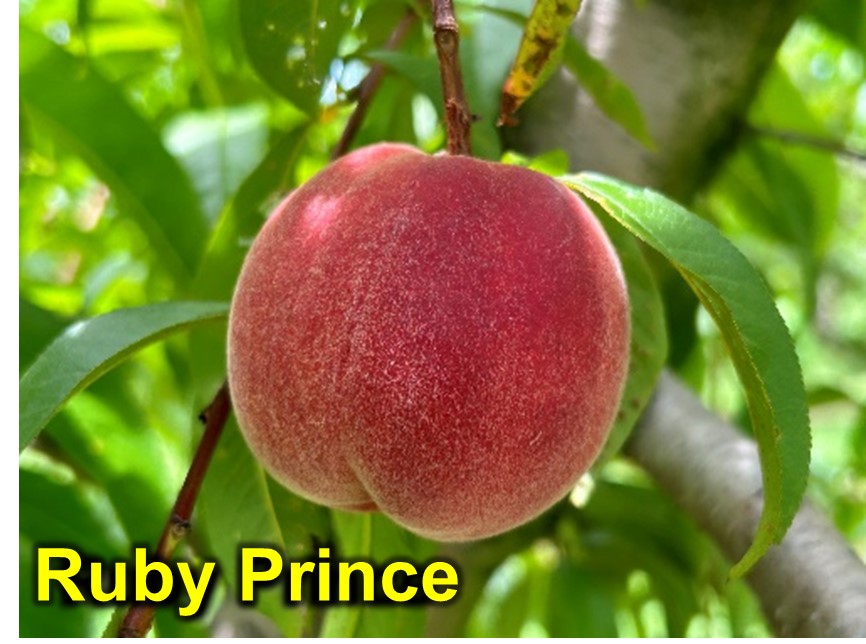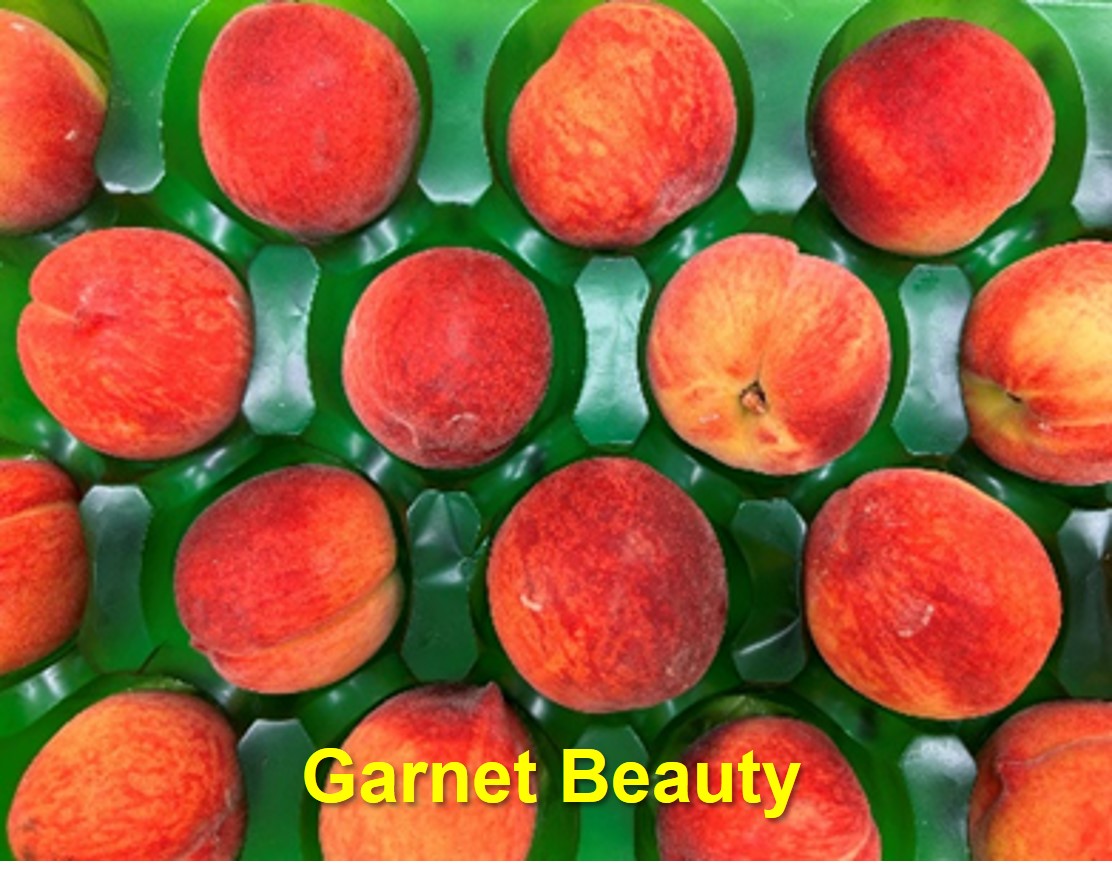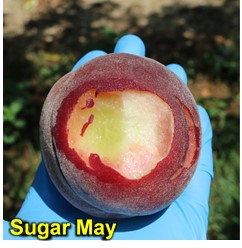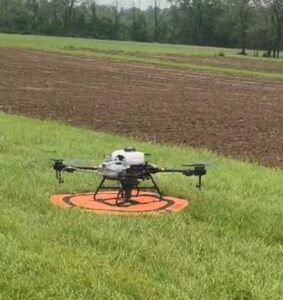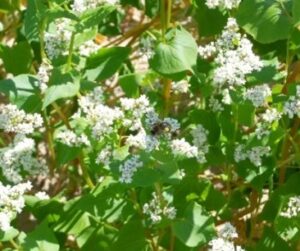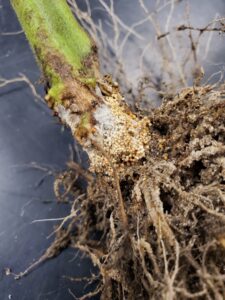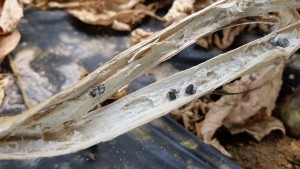The following images consist of important diseases in cucurbit crops. These images can be used as a quick reference for diagnosing important fungal and bacterial pathogens. For best results, please turn your device (i.e., cell phone) sideways. For information on commercial control recommendations, please visit the cucurbit sections of the 2024/2025 Mid-Atlantic Commercial Vegetable Production Guide.
| Cucurbit powdery mildew (CPM) | Cucurbit powdery mildew | CPM on infected pumpkin stem |
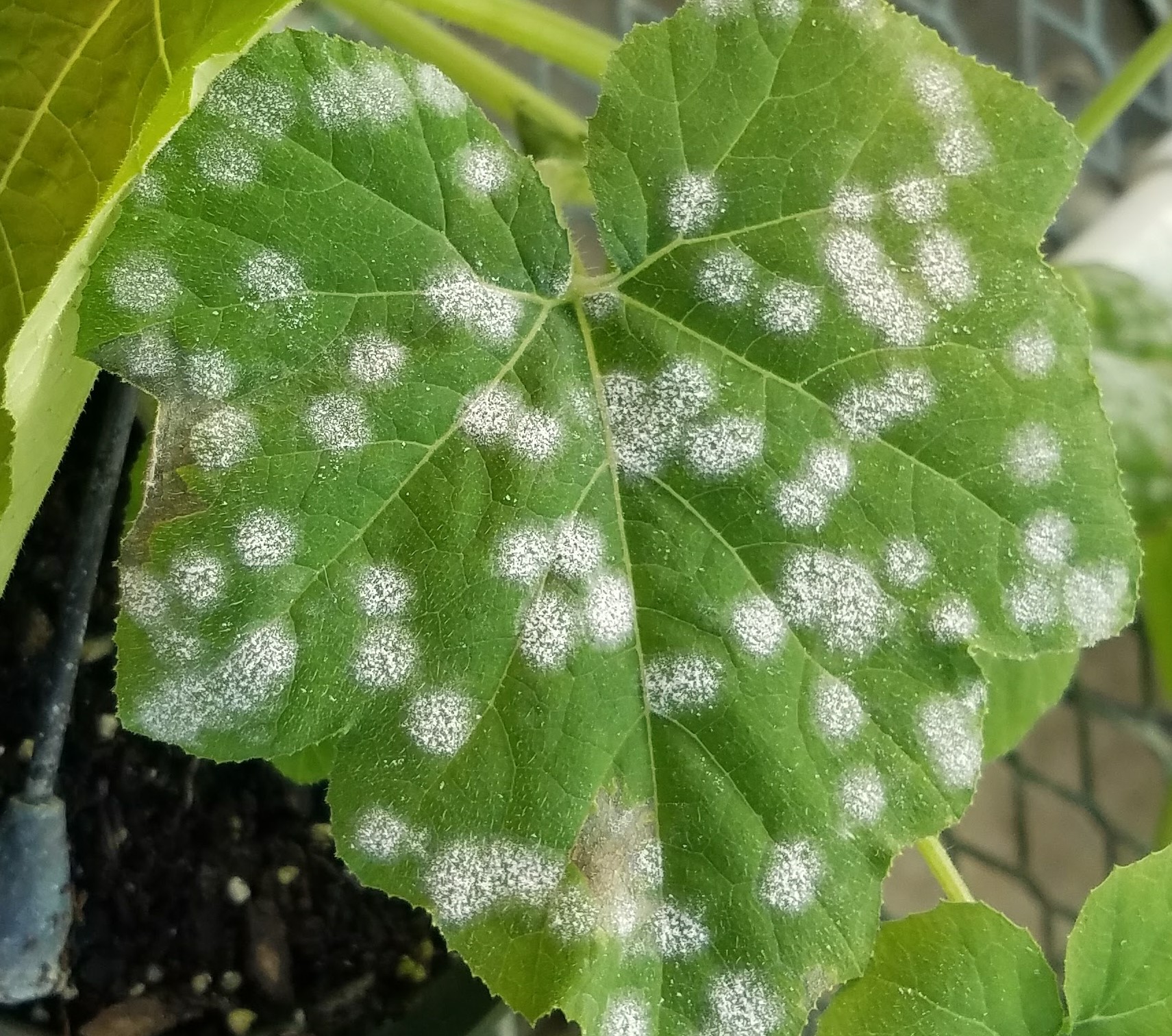 |
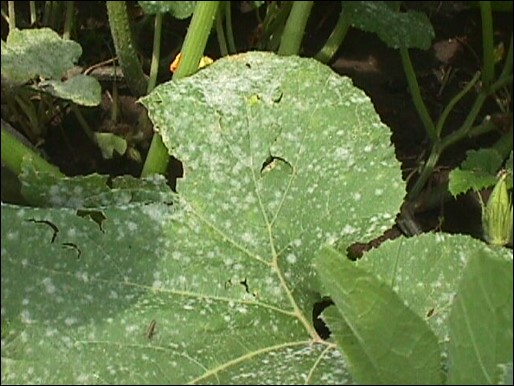 |
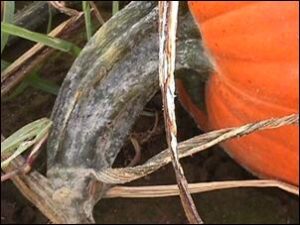 |
| Cucurbit downy mildew (CDM) | CDM sporulating on underside of infected cucumber leaf | CDM sporulating on underside of infected cucumber leaf with 10x hand |
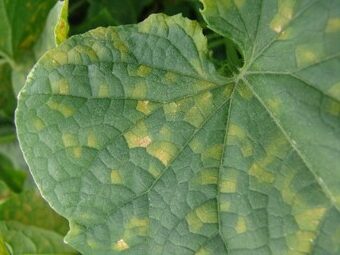 |
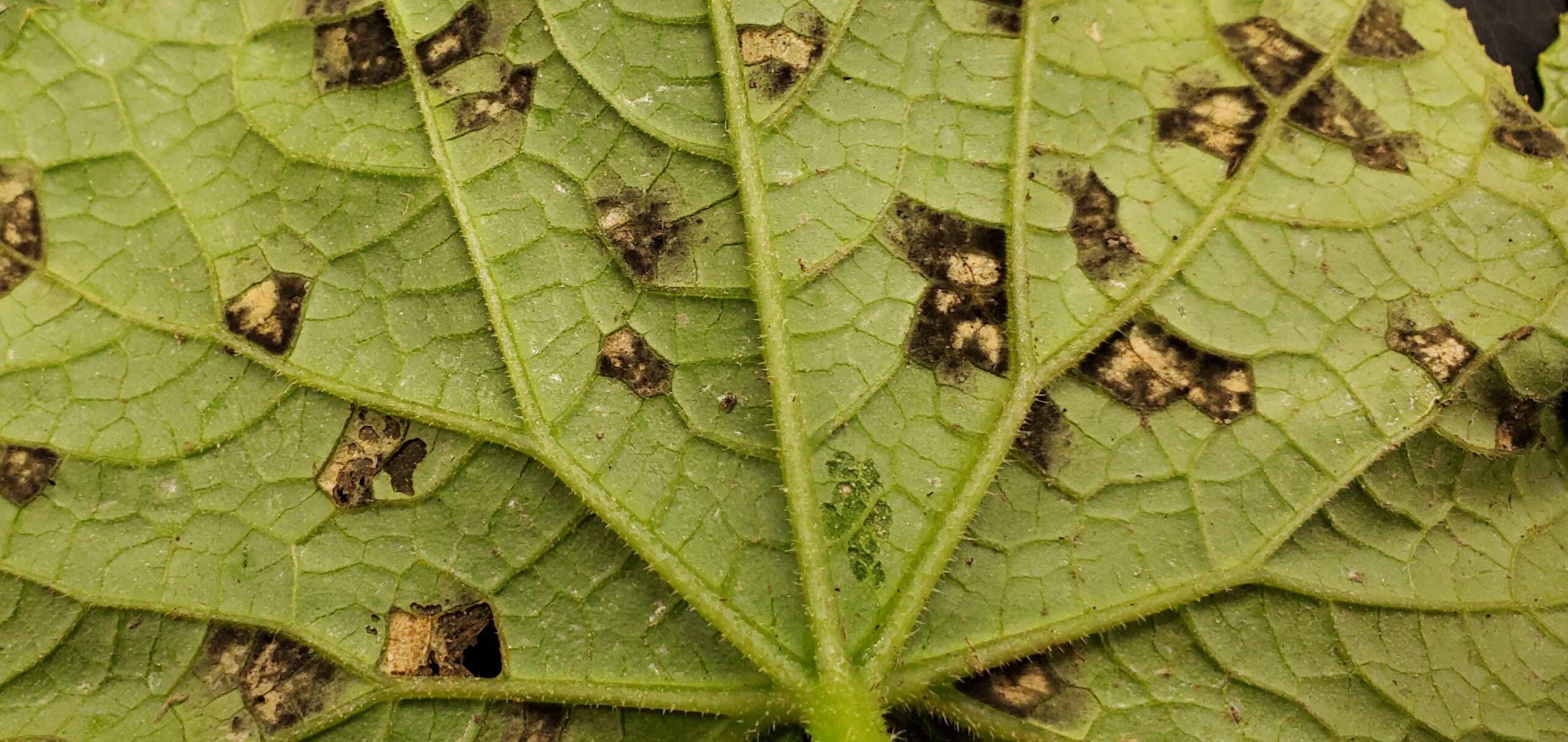 |
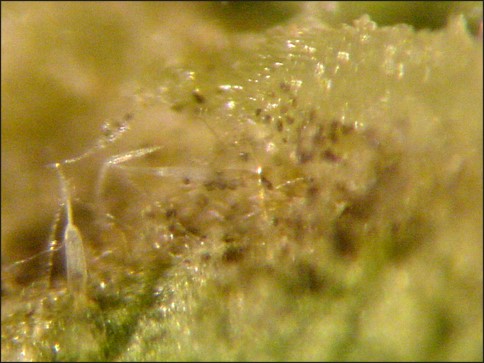 |
| Anthracnose on cucumber | Anthracnose lesion on infected leaf vein | Anthracnose-infected cucumber fruit |
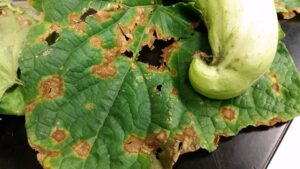 |
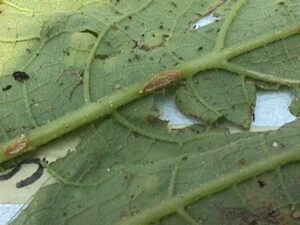 |
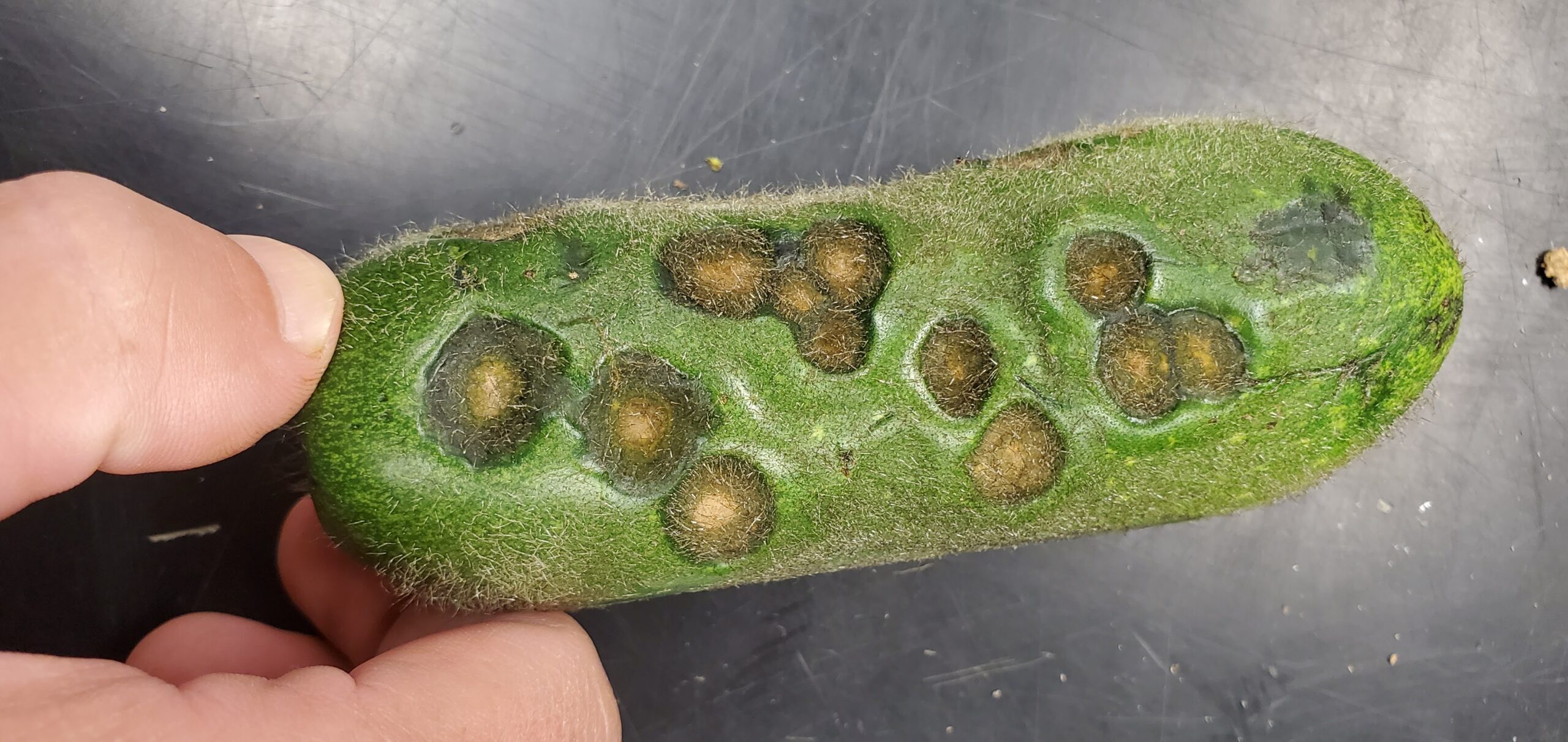 |
| Plectosporium blight on infected stem | Plectosporium lesions on infected vines | Plectosporium lesions on infected pumpkin fruit |
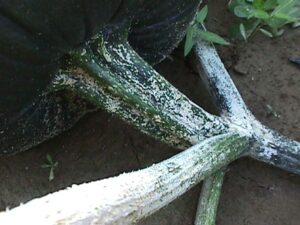 |
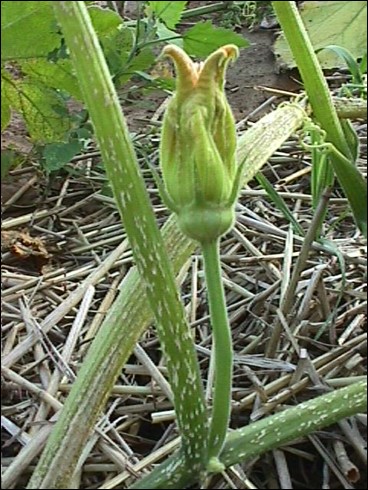 |
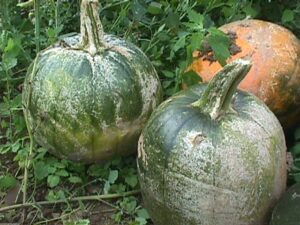 |
| Phytophthora blight symptoms | Phytophthora-infected squash | Phytophthora-infected watermelon field |
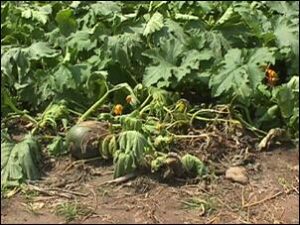 |
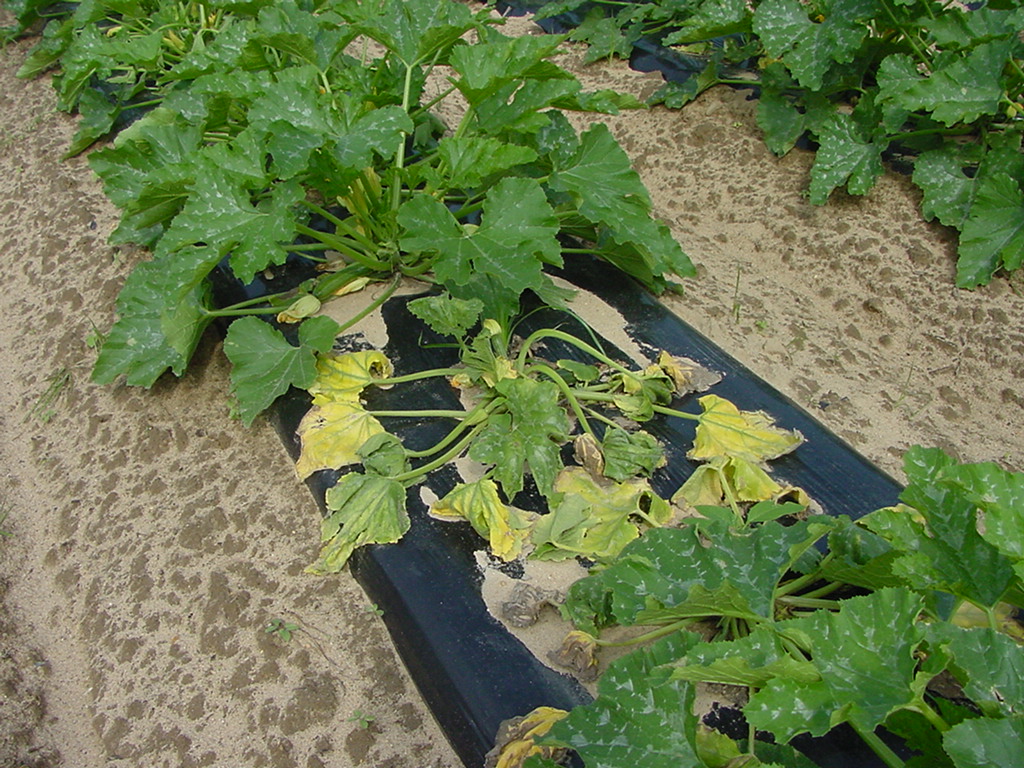 |
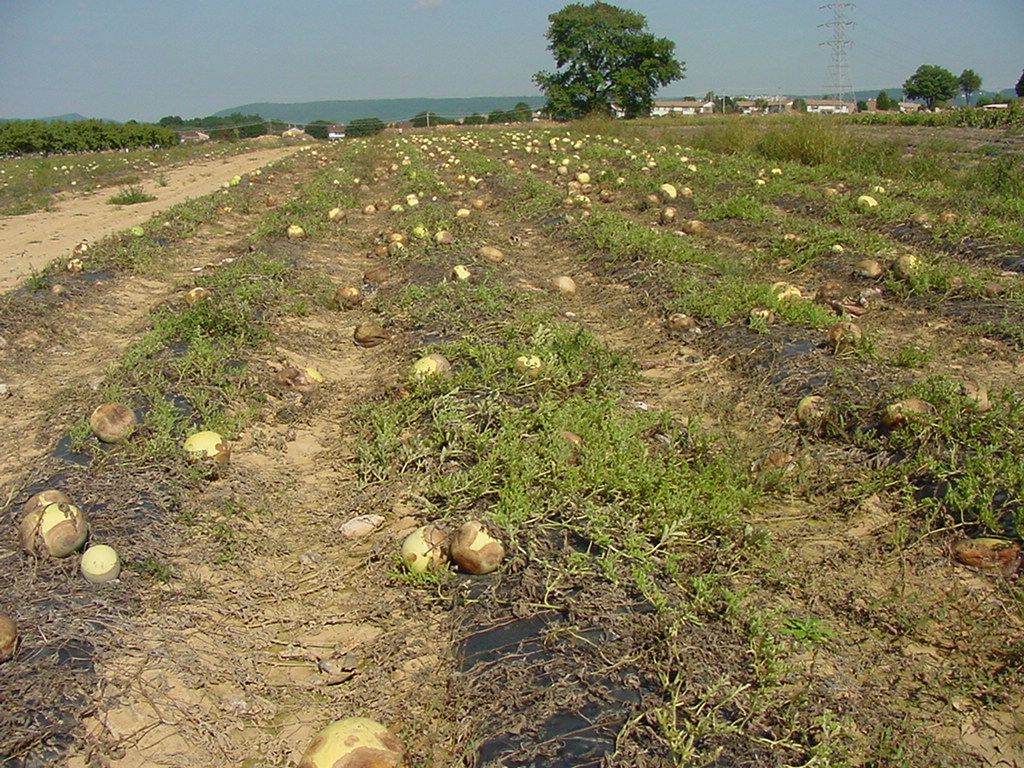 |
| Phytophthora-infected pumpkin | Phytophthora-infected squash fruit | Phytophthora-infected watermelon fruit |
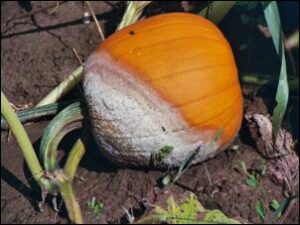 |
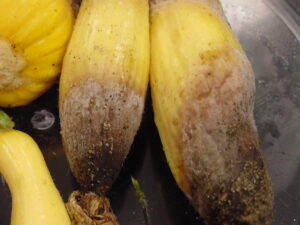 |
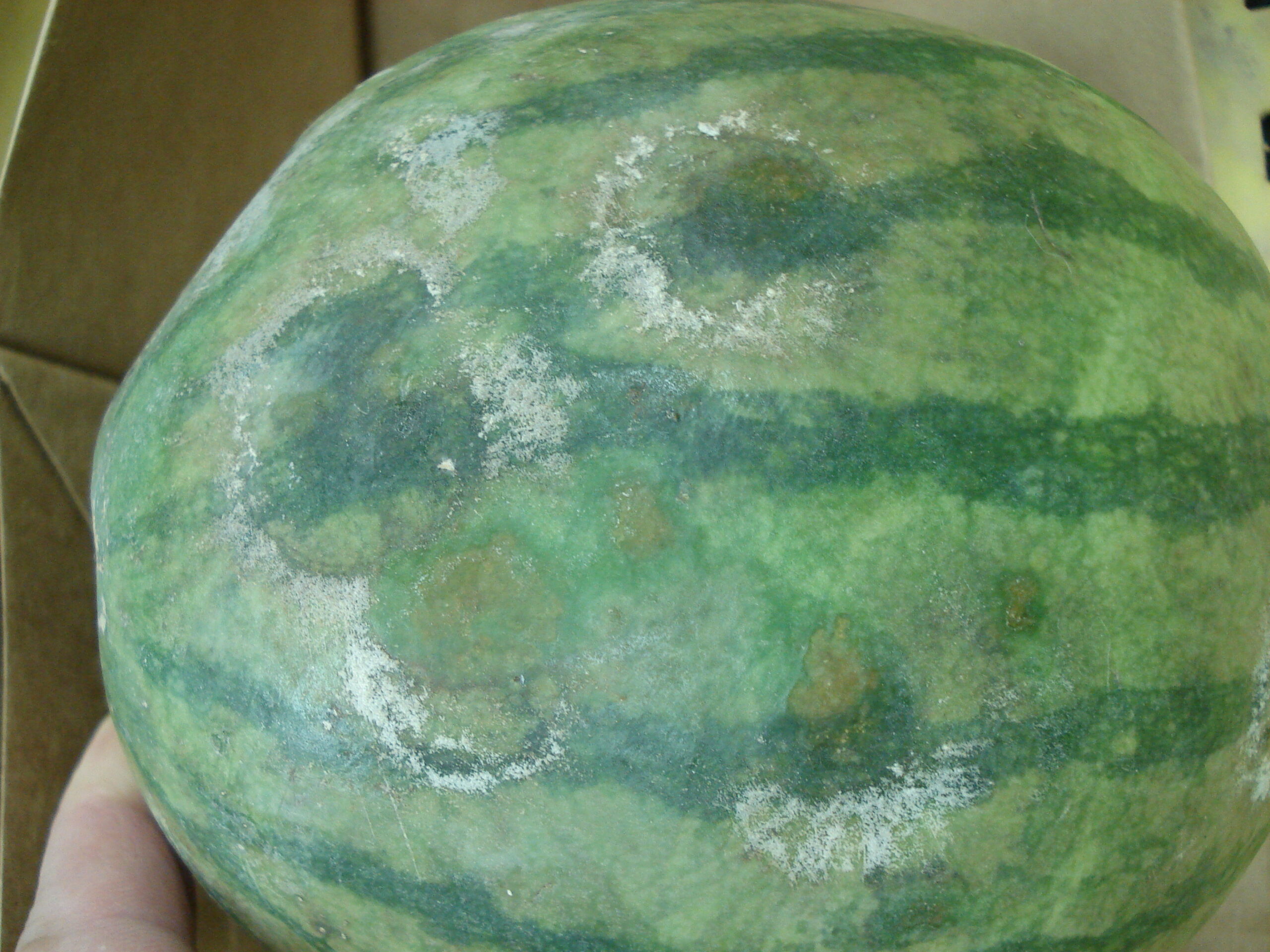 |
| Mosaic virus symptoms on leaves of infected pumpkin plant | Pumpkin fruit infected with mosaic virus | Virus infected squash fruit |
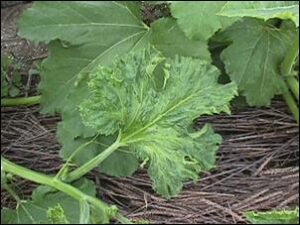 |
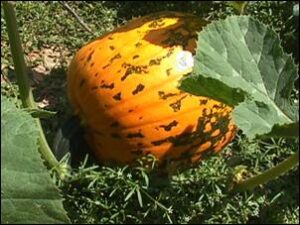 |
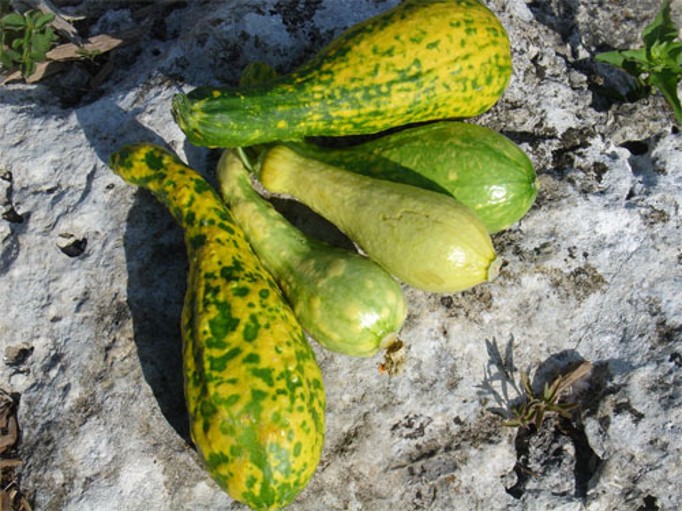 |
| Fusarium fruit rot of pumpkin | White mold on infected fruit | Gummy stem blight |
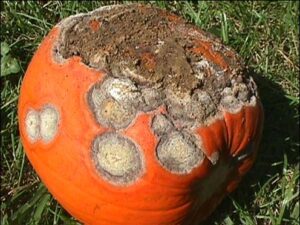 |
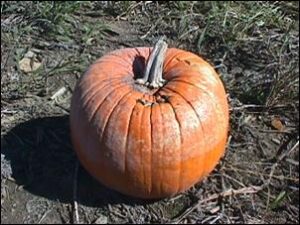 |
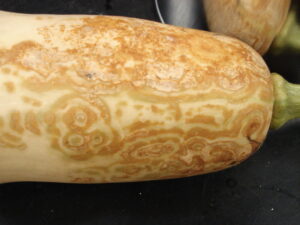 |
| Choanephora-infected fruit | Choanephora spores in infected pumpkin fruit | Choanephora infecting giant pumpkin fruit |
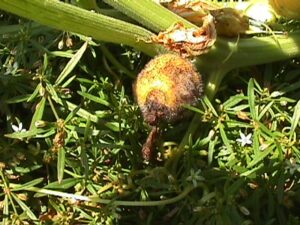 |
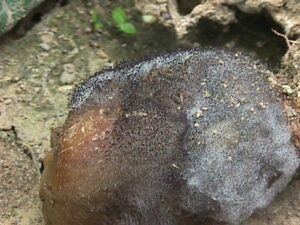 |
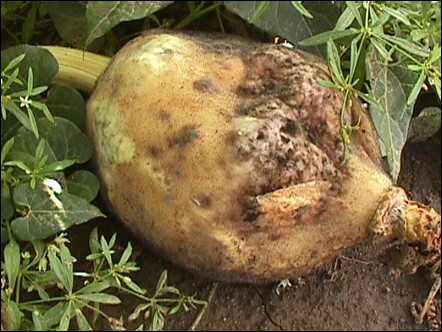 |
| Bacterial wilt infected plant | Symptoms of bacterial canker infected stem | Damage done by cucumber beetle feeding |
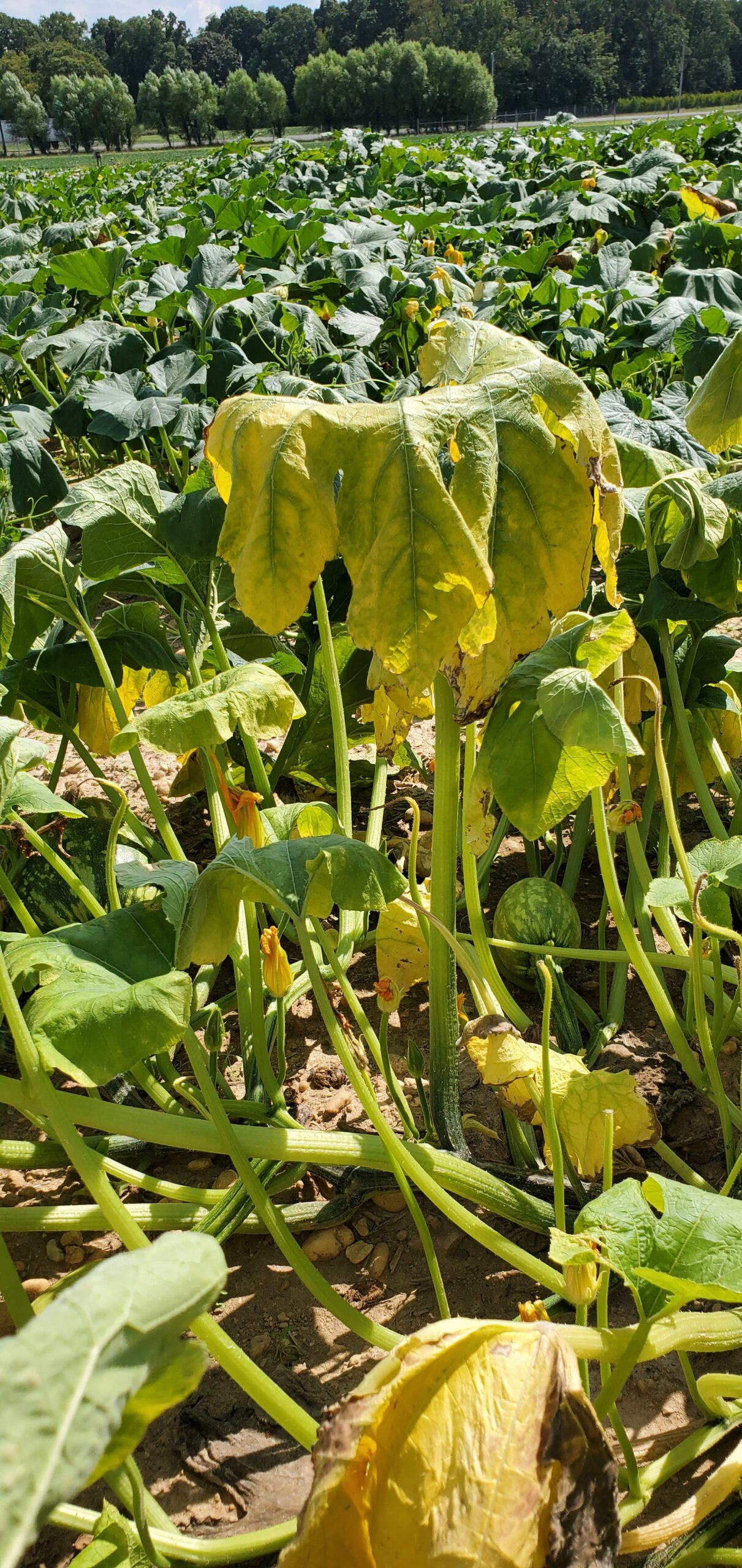 |
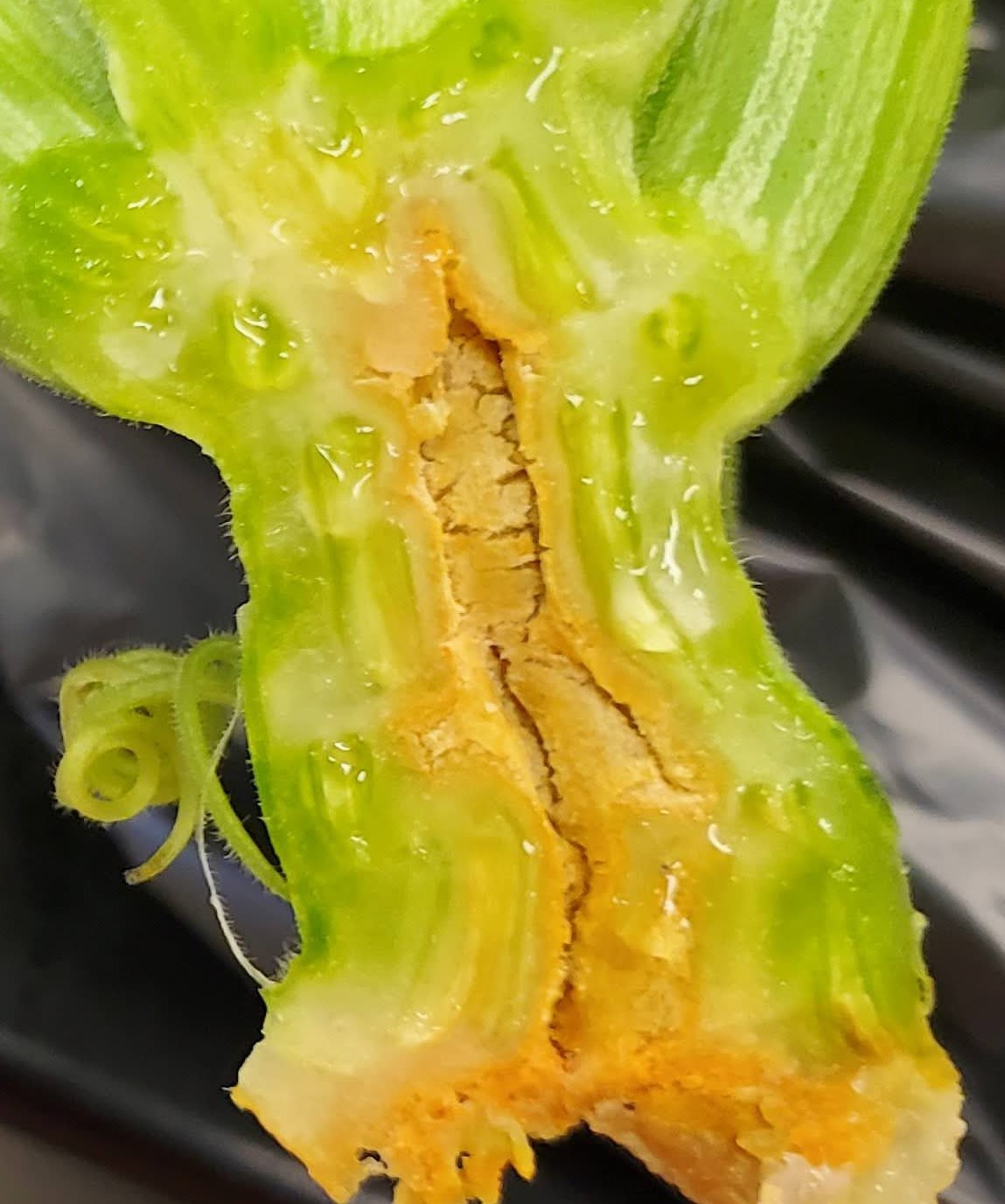 |
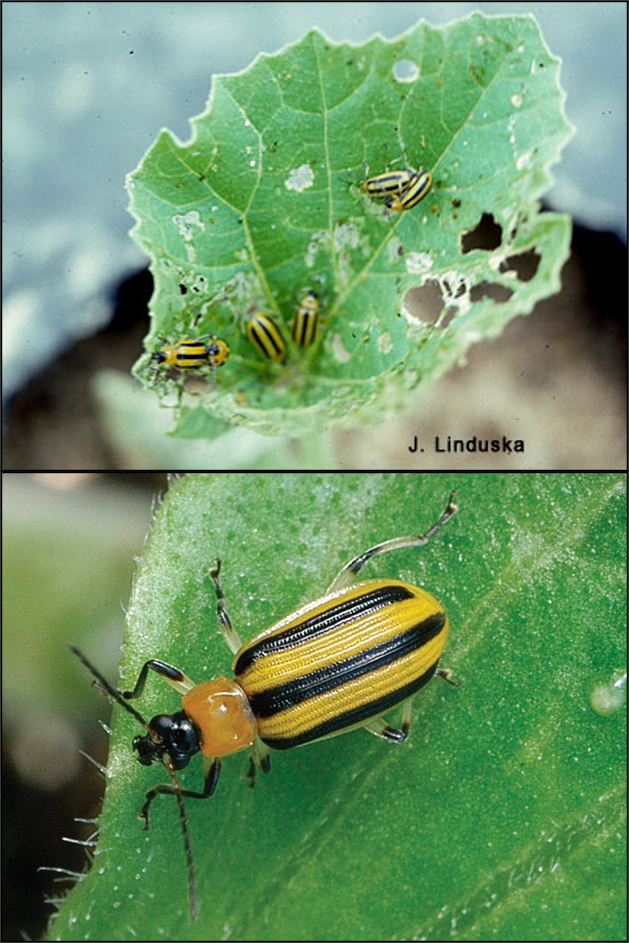 |
| Angular leaf spot | Shot holes in pumpkin leaves caused by Angular leaf spot in pumpkin | Mature pumpkin fruit with sunscald injury due to the loss of plant canopy |
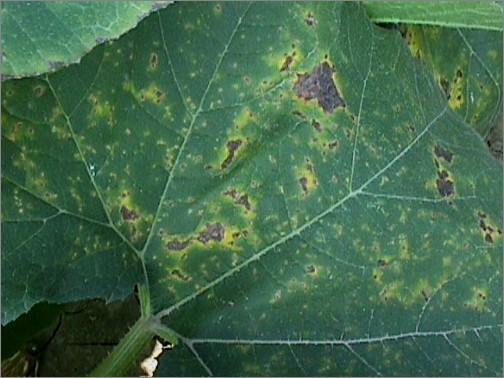 |
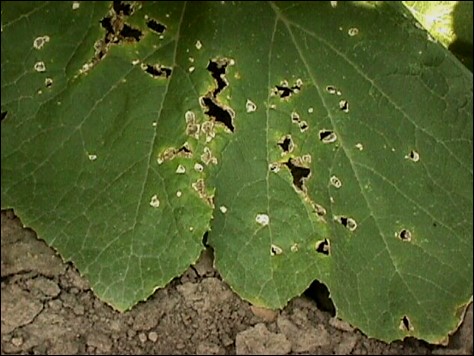 |
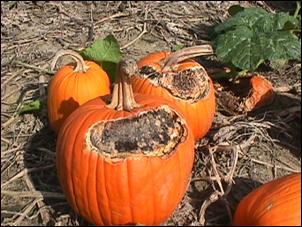 |
Andy Wyenandt and Kris Holmstrom

